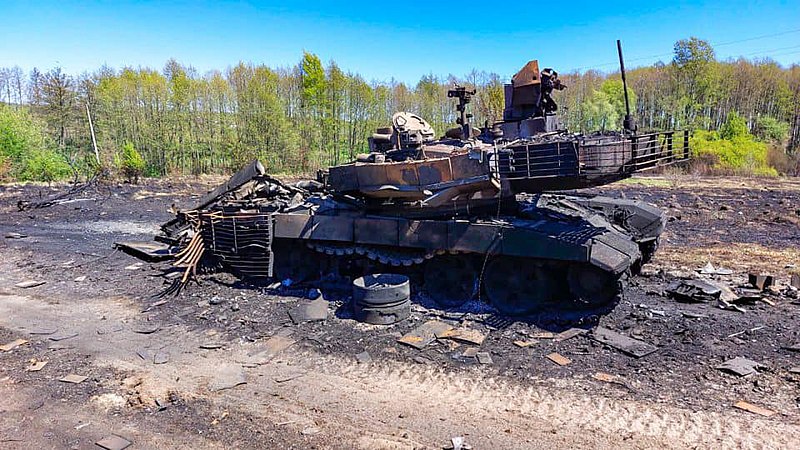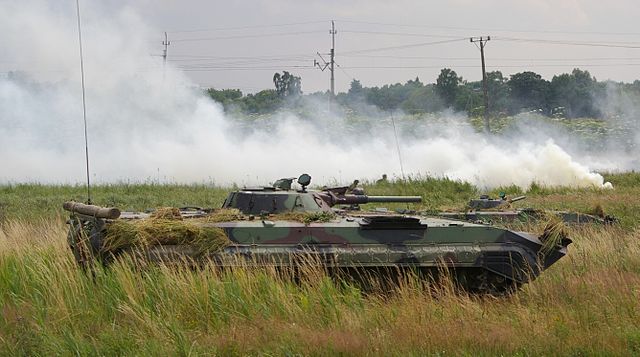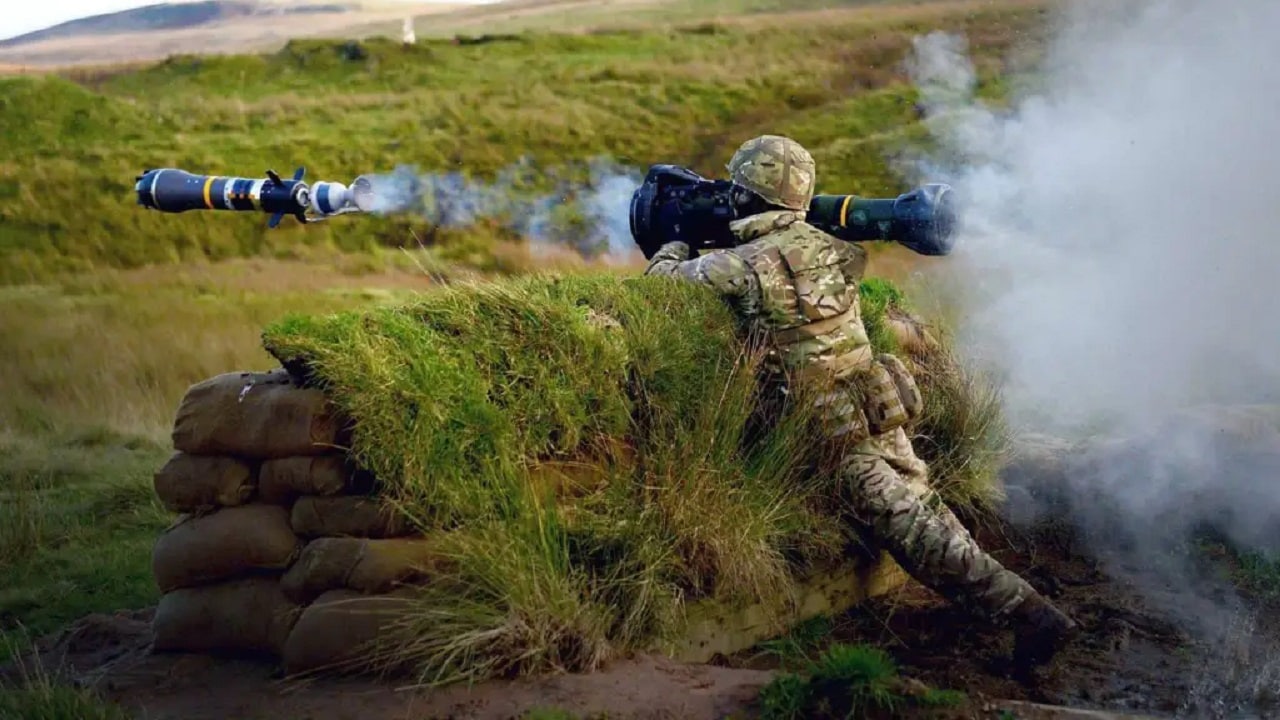Australian Broadcasting Corporation interviewed me regarding the events unfolding in Southern Ukraine;
“Dr Kallberg believes that Russia is facing other hurdles as well.
“They’re pulling out of storage drawn artillery pieces that, by Western standards, are 1950s, 1960s standard. And they have lost a lot of their ability to do counter battery fire. They have lost artillery radars. And they’re losing artillery at speed,” he said.
And he thinks the change in seasons will further help Ukraine.
“All Russian arrangements will be visible when the leaves fall in October, and the Ukrainians have precision long-range firepower. So the Ukrainians can methodically take out position after position.”
For full article: https://www.abc.net.au/news/2023-09-04/why-ukraine-counteroffensive-could-be-close-to-major-prize/102801456
Category Archives: Will to fight
The War in Ukraine – Russian officer losses reach strategic impact
For a mobilization effort to create new units that can enter the war and successfully fight, not only are arms, equipment, and soldiers are needed, but a cadre of available experience tactical leaders that can train, forge cohesion, and lead the new units into combat. After over ten months of war in Ukraine, Russian ground forces lost a significant portion of their able tactical leaders – the ground-war company commanders. The company commanders lead the fight at the forward platoons, are close to contact with the enemy, and must be in the forefront to maintain the initiative. The Russian junior officers have been more exposed due to the low motivation of the Russian troops, forcing the officers to be at the edge of the front and lead by example in urban combat, with heightened risks. The Russian mobilization efforts’ strategic impact is doomed to fail as the Russian army runs out of experienced tactical leaders – the company commanders.
Continue reading The War in Ukraine – Russian officer losses reach strategic impact
The Lost Will to Fight
More than six months of fighting have hit the Russian army where it hurts, sapping its will to continue Vladimir Putin’s adventure.
//The article was written before the Russian mobilization order 20 September 2022, but it is unlikely that the newly mobilized would have any higher motivation than the existing Russian force – at least after experienced the operational realities//
Russia’s failed assault on Hostomel airfield at the outset of all-out war on February 24, when it tried to use air-assault troops to decapitate the Ukrainian government in nearby Kyiv, left a clear sense that military operations were not going the way it had planned.
My article for 19fortyifive: “Free War: A Strategy For Ukraine To Resist Russia’s Brutal Invasion Of Ukraine?”
I wrote an article for the national security web-based venue 19fortyfive that addresses resistance operations seen in the light of the Swedish Fria Kriget (Eng.: Free War) concept.
The full text can be found here.
(Picture UK MOD)
Article: Too Late for Russia to Stop the Foreign Volunteer Army
My article “Too Late for Russia to Stop the Foreign Volunteer Army” was published by the Center for European Policy Analysis. A short quote below,
Any Ukrainian who sees French, British, American, Spanish, Brazilian, from wherever they come, volunteers joining their resistance will solidify the notion that the war is not between Ukraine and Russia; but between good and evil. Predictably enough, Putin, his commanders, and propagandists are troubled by the prospect of thousands of volunteers supporting the Ukrainian narrative, their cause, and strengthening the Ukrainian will to endure.



